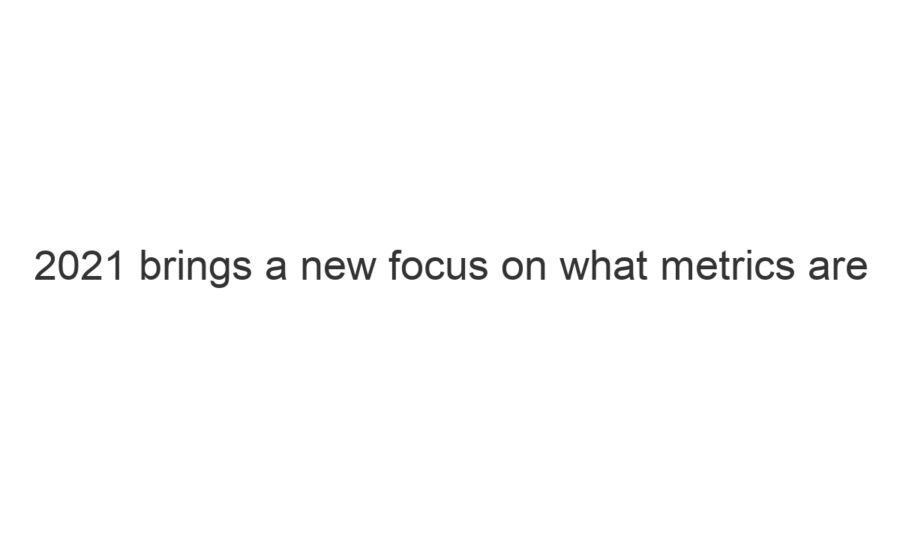With all of us lurched forward into the future, we find ourselves relying on digital channels to move our businesses forward. This has meant a leap forward for content marketers. The digital experience must deliver – content is the way to feed that funnel and get the customer closer to the business objective.
With that being said, what does it mean for the metrics we use?
1. Fidelity on if the content is working
It’s not enough to get by on page views, organizations need to understand who is reading their content, why, and are they reading it at all? Or, instead of reading, would they prefer to watch a video? What are they doing before and after they arrive at the content? Now is the time to look at quality metrics.
These questions mean relying on deeper content metrics to see if the content is having impact.
2. Purchase data/lead data
Seeing the outputs the content creates is ever more vital, even if it is rudimentary data like X sales on this day. Overlaying that against the content efforts, helps see how it is working.
We did X this quarter and it generated Y. Then seeing that quarter over quarter.
3. Doing more with less
Identifying older content that is still working but could do with a refresh is tried and true. This year it is ever more relevant to drive performance. As marketers we have to push ourselves to find ways to improve.
Why create something from scratch when the data says you have content that is working well, but could work a bit better with a bit more effort? It’s a calculated risk that’s worth taking.

|
|---|

